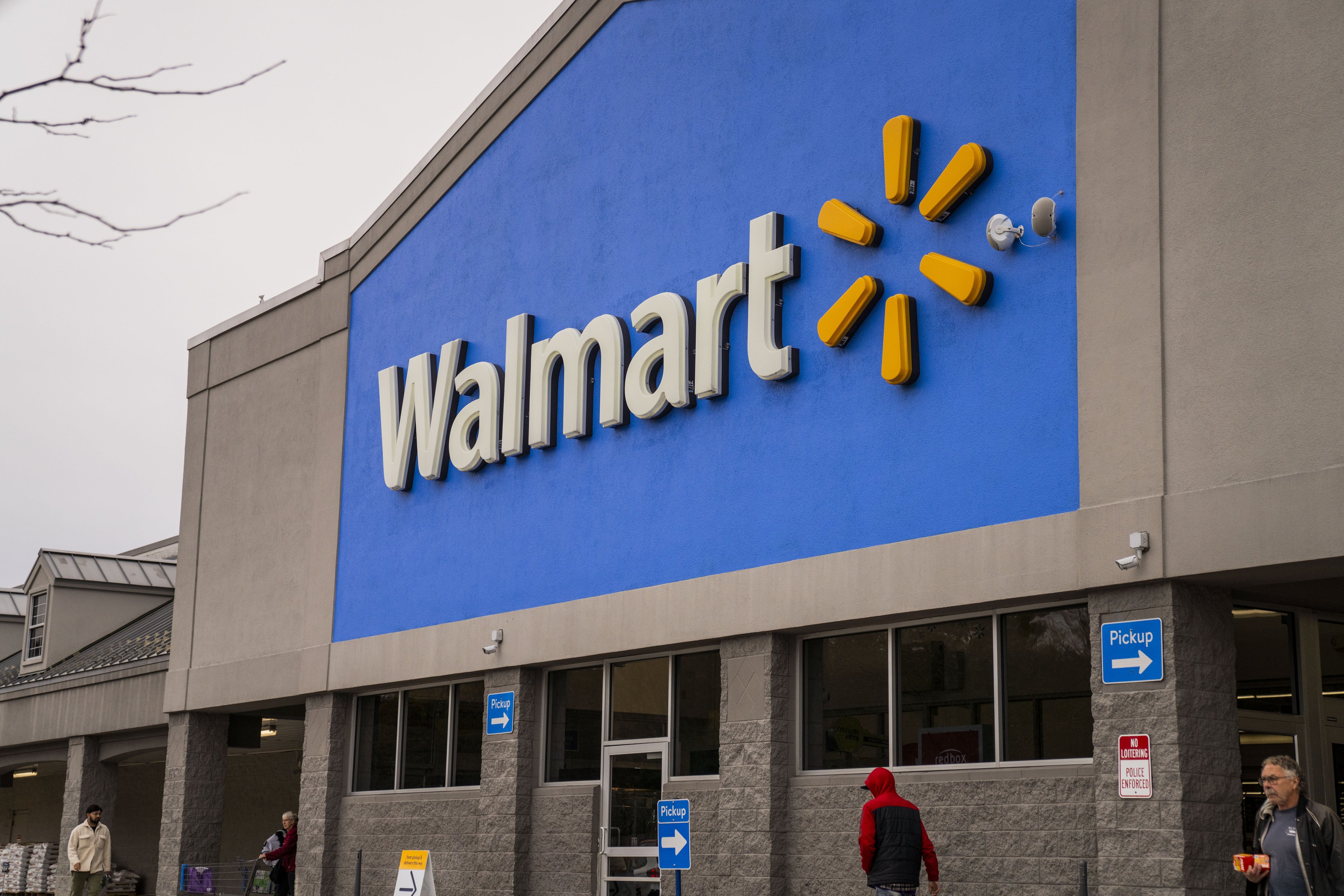
Source: Home Depot.
Home Depot's (NYSE: HD) business is on a multi-year upswing thanks to a steady rebound in the housing market. While that's great news for shareholders who bought the stock years ago, it isn't so great for prospective income investors. Home Depot's epic rally has pushed its yield to just 2%, which puts it in the bottom third of the Dow by that metric.
Below, we'll take a look at three stocks, Coca-Cola (NYSE: KO), Procter & Gamble (NYSE: PG), and Wal-Mart (NYSE: WMT), that each deliver bigger yields while beating the home improvement titan in at least one other dividend metric.
|
Home Depot |
Coca-Cola |
P&G |
Wal-Mart | |
|---|---|---|---|---|
|
Dividend yield |
2.1% |
3.1% |
3.2% |
3% |
|
Consecutive raises |
7 years |
54 years |
59 years |
42 years |
|
Latest raise |
17% |
6% |
3% |
2% |
|
Payout ratio |
42% |
79% |
85% |
42% |
Sources: Company financial filings and S&P Global Market Intelligence.
Longevity (Coca-Cola)
The glaring weakness in Home Depot's dividend, and one that might disqualify it as an income stock for some investors, is its short track record of raises. The retailer had to suspend dividend hikes for three years during the housing market crisis, even as rival Lowe's kept up its annual boosts.

Source: Coca-Cola.
That's why for longevity you might prefer Coca-Cola, which in February boosted its dividend for the 54th consecutive year. The company sells an incredible 1.9 billion drinks per day to people around the world, and even as sharp recessions send cyclical markets plummeting, consumers continue to reach for their favorite beverage brands.
Payout commitment (P&G)

Source: P&G.
Home Depot's management aims to deliver 50% of its annual earnings back to shareholders through dividend payments. As a result, investors can expect their cash returns to roughly track profit growth.
Yet for a larger commitment -- one that trounces earnings growth -- consider Procter & Gamble. The consumer products titan is slashing costs while dramatically reducing its brand portfolio, and the proceeds from those initiatives will accrue directly to shareholders.
In fact, P&G aims to send $70 billion of cash to its investors over the next few years, or about one third of its current market capitalization.
Yield (Wal-Mart)
Wal-Mart's 3% dividend yield is substantially higher than Home Depot's, in part because the two stocks are on different trajectories. Still, not only is the discount retailer's dividend one of the Dow's biggest, it's also unusually high, historically speaking.
Through most of the last fifteen years, Wal-Mart's dividend yield has been below 2% as the stock rarely sold off, even during recessions. Yet today, as profit growth appears to be taking a back seat to ramped up investments in the business, pessimism on Wall Street has sent the yield into rare territory.
WMT Dividend Yield (TTM) data by YCharts
Meanwhile, investors who are worried about the weak earnings growth outlook might be heartened by the fact that Wal-Mart's cash generation has never been stronger. The retailer booked $16 billion of free cash flow last year, up from $10 billion in 2014.
As these three Dow giants are each struggling with declining sales, Home Depot's growing business is likely to outpace them over the next few years. However, investors who prize hefty dividends with long track records of growth might want to look elsewhere for their income needs. What they give up in terms of a bright operating outlook can be well compensated for in spiking cash returns over the next decade or two.










